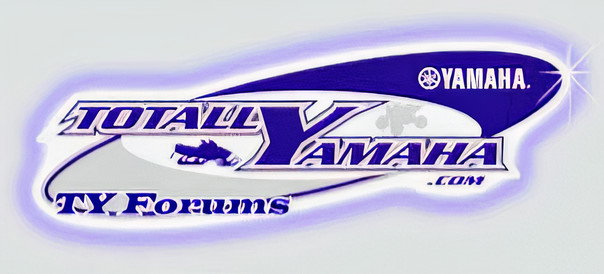nailsandrails
VIP Member
Ok guys. I know not too many are still on here, but I thought I would throw out a question anyway. I am always trying to understand the clutching. I understand how different things affect rpm, but what I don't understand is how running wide open at 8500 rpm with one set-up is quicker than running 8500 with another. It is my understanding that what keeps the rpm's down is the load on the motor. I know there are 10 ways to get it to run at a certain rpm, but what makes one quicker than another? Example if I am running stock weights and punch it and it runs 8500 the whole way....and then I put a helix and weights in that run 8500 the whole way. why is the aftermarket faster? My thought is that they are both loading the engine down enough to make it run 8500 rpm, but I must not be correct. Your knowledge is greatly appreciated!
It's difficult to say precisely, but my thought is that with your stock weights the primary is not closing quite as far as with the second set. This would explain similiar rpm yet lower speed.
Any other ideas?
Any other ideas?
yamaholic22
Active member
the main reason is efficiency. Inefficiency is another HUGE load on the motor that most people never even think about. Basically the system becomes inefficient when the two clutches try "fighting" each other, instead of working concurrently. The clutching system is a delicate balance, and the closer someone gets to that balance, and the more efficient the system will be, and the more efficiently the power will be transfered = more track horsepower. For example, you could make a set up with an aggressive helix and A LOT of side force in the secondary (silver secondary spring wrapped at 90*) and run a lot of primary weight and pull 8500, but i guarantee you aren't going to be making any 110 mph passes, because their is far too much tension in the secondary, and the primary can't reach the end of its shift curve. A fairly good rule of thumb to check your efficiency (and let me stress that this is VERY basic) is to simply check the clutch temps after a decent length ride in your usual conditions. Cool clutches are efficient clutches. Hot clutches can be improved upon. Hope this helps
Snow conditions can change everything . What is perfect on hard pack snow won,t work in soft snow. Factory clutching is a pretty decent compromise for all conditions for most riders. Rider weight, temperature, snow conditions, barometric pressure, amount of fuel in the tank, gearing, track lug height, elevation...all these factors will change clutch balance in some way.
Viper Treats
New member
Turk said:Snow conditions can change everything . What is perfect on hard pack snow won,t work in soft snow. Factory clutching is a pretty decent compromise for all conditions for most riders. Rider weight, temperature, snow conditions, barometric pressure, amount of fuel in the tank, gearing, track lug height, elevation...all these factors will change clutch balance in some way.
Turk, I suppose this explains why my piped viper rocks on hard pack, but isn't very quick in deep snow.
nailsandrails
VIP Member
Thanks for the replies. Makes sense to me.

